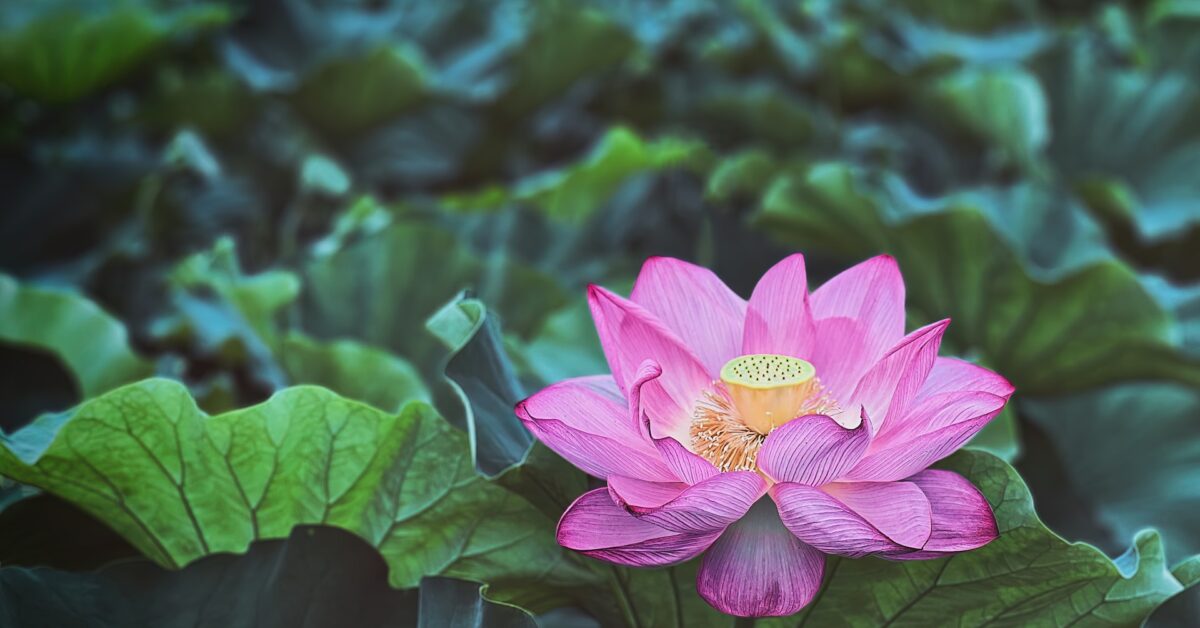Whether you have a small backyard lake, a large recreational lake, or a retention pond in your neighborhood, aquatic vegetation is an integral part of the water ecosystem. Aquatic plants provide shelter, food, spawning habitat for fish and other wildlife, and protection for the bottom sediments. Nuisance marine plant growth can be managed through physical, mechanical, biological, and chemical control methods. Each method has its advantages and disadvantages, so it is essential to determine which approach is right for your lake.
Aesthetics
A well-maintained aquatic system can add to the appeal of a local park or enhance your backyard pond. The correct species of plants, bacteria, and algae can do wonders for your water quality while improving the flora and fauna you see when you enter nature. A healthy aquatic ecosystem is a happy one.
An adequately managed pond or lake can be a pleasant place to spend time and money. To be effective, a management plan must be tailored to the specific waterbody and its intended uses, including fishing, recreation, and boating. The best way to do this is by engaging with the local authorities in your area to find out what they offer and partnering on an integrated management program to maximize your aquatic resources while ensuring you enjoy the best possible experience.
Recreation
While aquatic plants can be a nuisance, they provide numerous benefits to the pond or lake. Plants add habitat for fish and other marine wildlife, help protect shoreline areas from erosion, remove excess nutrients from the water, and are an essential source of dissolved oxygen for fish and other organisms.
A clear pond with intense fishing and abundant wildlife is valuable to anyone who owns or enjoys a lake. Keeping a healthy plant community will improve recreational opportunities, enhance the aesthetics of your lake or pond, and make it easier to clean.
For many parks, aquatic vegetation management is governed by Vegetation Management Plans (VMPs). VMPs combine all of the different interests in a park by referencing overarching policy and planning documents while also capturing current vegetation conditions and public use.
Health
Water bodies with healthy native plant communities are more beneficial because plants produce oxygen, absorb pollutants, and protect bottom sediments. They also reduce shoreline erosion and stabilize soft lake bottoms.
Aquatic vegetation can become overgrown or invasive if left untreated. Excessive growth can prevent a water body from functioning correctly and negatively affect marine species, humans, wildlife, and the environment.
There are many weed control methods available that can be used to manage a growing weed population. These methods may involve chemicals, physical control such as aeration devices, shading, or biological controls.
Water Quality
Water bodies like lakes and ponds have a natural component called aquatic vegetation. This plant community benefits the lake, providing food, shelter, breeding habitat, and oxygenation.
Aquatic plants also keep sediment in place on the bottom of the lake and improve water clarity. They also help keep bacteria in check and decrease organic matter in the water.
However, the amount of aquatic vegetation a lake can tolerate is limited. Excessive growth can lead to problems such as fish kills, over-absorption of oxygen, and a negative effect on recreational activities.
Fishing
Having a well-maintained aquatic plant community surrounding your lake or pond makes for a more enjoyable outdoor experience and helps improve the overall health of your body of water. Aquatic vegetation provides a habitat for various species, including fish, invertebrates, and wildlife.
In addition, aquatic plants play a vital role in keeping your property’s shoreline from eroding due to rip rap and erosion caused by waves. Emergent plants with a robust root system are particularly effective at reducing erosive wave impacts and holding sediments at the bottom of your pond.


